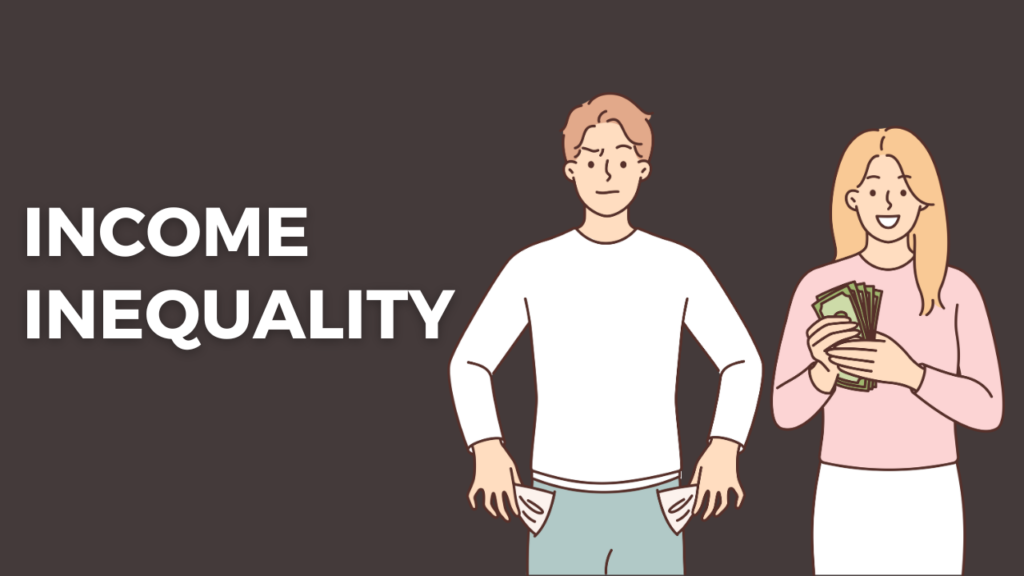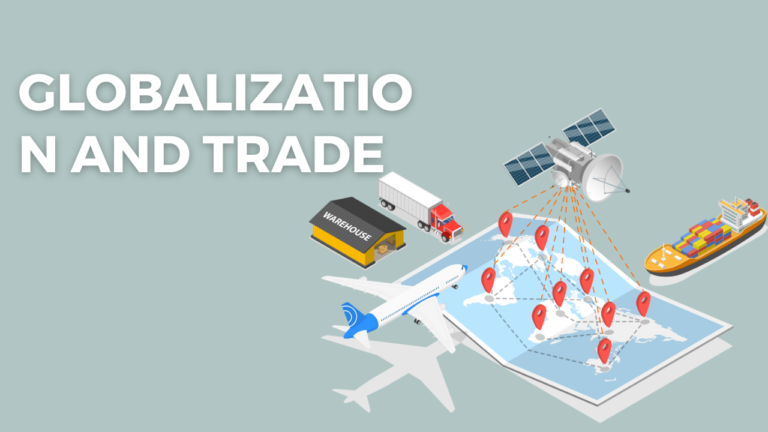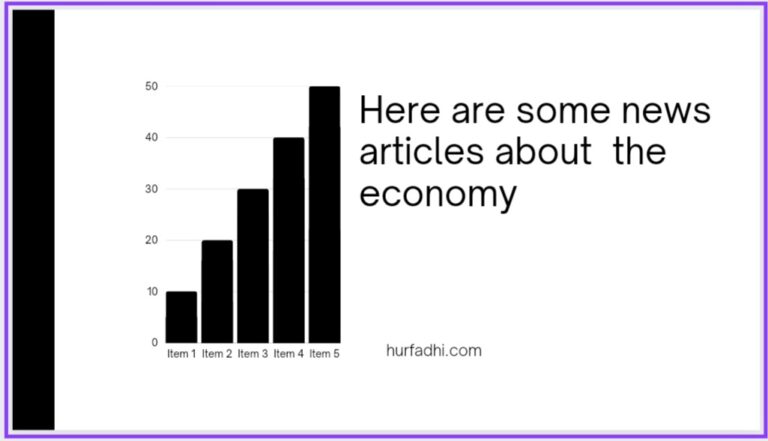Income Inequality

Income inequality is a complex and significant economic topic that examines the unequal distribution of income among individuals or households within a society. Here are some key points and areas to explore within the topic of income inequality:
- Causes of Income Inequality:
- Technological Advancements: Automation and advances in technology can lead to job displacement and wage disparities between skilled and unskilled workers.
- Globalization: International trade and outsourcing can impact the demand for certain types of jobs and contribute to wage disparities.
- Education Disparities: Differences in access to quality education and skill development can lead to unequal earning opportunities.
- Discrimination: Gender, race, and other forms of discrimination can lead to unequal pay for equal work.
- Tax Policies: Taxation systems can influence income distribution through progressive or regressive taxation.
- Effects of Income Inequality:
- Social Mobility: High levels of income inequality can hinder upward social mobility, limiting opportunities for individuals to improve their economic status.
- Political Instability: Extreme income inequality can lead to social unrest and political instability.
- Health and Well-being: Studies suggest a correlation between income inequality and health outcomes, with higher inequality linked to poorer health across society.
- Educational Attainment: Income inequality can affect access to quality education, perpetuating the cycle of inequality.
- Economic Growth: Excessive income inequality might hinder overall economic growth by limiting consumer spending and innovation.
- Measuring Income Inequality:
- Gini Coefficient: The Gini coefficient is a commonly used measure of income inequality, with higher values indicating greater inequality.
- Lorenz Curve: The Lorenz curve visually represents the distribution of income by comparing the cumulative income shares of different segments of the population.
- Policy Responses and Solutions:
- Progressive Taxation: Implementing a progressive tax system where higher-income individuals pay a larger share of their income in taxes.
- Education and Skill Development: Investing in education and skill development programs to bridge the gap between high- and low-skilled workers.
- Social Safety Nets: Establishing social welfare programs to provide a safety net for individuals facing economic hardships.
- Minimum Wage Policies: Setting a minimum wage that ensures workers earn a living wage and reduces income disparities.
- Wealth Redistribution: Implementing policies that redistribute wealth through targeted government spending and social programs.
- Global Perspective:
- Comparing income inequality across countries to understand how different economic, social, and political factors contribute to varying levels of inequality.
- Public Perception and Awareness:
- Exploring how public perception of income inequality influences public policy and social attitudes.
- Ongoing Debates:
- Debates on whether reducing income inequality is a priority and the potential trade-offs between inequality and economic growth.
When discussing income inequality, it’s important to consider both the economic factors that contribute to it and the potential societal implications. You can explore case studies, historical trends, and the impact of different policy interventions to gain a comprehensive understanding of this complex issue.
Absolutely, income inequality is a significant and relevant economic topic. Here’s an overview to help you get started:
Income Inequality: Causes, Effects, and Solutions
Introduction:
Income inequality refers to the unequal distribution of income among individuals or households within an economy. It’s a complex issue with multiple causes and far-reaching effects on society, economy, and overall well-being. Understanding its dynamics is crucial for policymakers, economists, and the general public.
Causes of Income Inequality:
- Technological Changes: Advances in technology have led to increased demand for skilled workers, causing a wage gap between those with specialized skills and those without.
- Globalization: While globalization has led to economic growth, it has also shifted jobs to countries with lower labor costs, affecting workers in higher-cost regions.
- Educational Disparities: Lack of access to quality education can limit opportunities and perpetuate income disparities.
- Labor Market Changes: The rise of the gig economy and contract work can lead to unstable income for some workers.
- Tax Policies: Tax systems can either exacerbate or mitigate income inequality, depending on how they’re structured.
- Wage Growth Disparities: Stagnant wages for low- and middle-income workers compared to significant wage growth for top earners can widen the income gap.
Effects of Income Inequality:
- Social Unrest: High levels of inequality can lead to social tensions and unrest, as people perceive the system as unfair.
- Health and Education Disparities: Lower-income individuals might have limited access to quality healthcare and education, perpetuating the cycle of inequality.
- Economic Growth: Extreme inequality can hinder overall economic growth by limiting the purchasing power of the majority.
- Political Influence: High-income individuals or corporations might have disproportionate political influence, affecting policy decisions.
- Social Mobility: When inequality is high, it’s often harder for individuals to move up the socioeconomic ladder.
Solutions to Address Income Inequality:
- Progressive Taxation: Implementing progressive tax systems where higher-income individuals are taxed at higher rates can help redistribute wealth.
- Education and Skill Development: Investing in education and training programs can equip individuals with the skills needed for higher-paying jobs.
- Minimum Wage Policies: Setting and enforcing minimum wage laws can ensure that even low-skilled workers earn a livable income.
- Social Safety Nets: Comprehensive social safety net programs, such as unemployment benefits and affordable healthcare, can reduce the impact of income shocks.
- Labor Market Regulations: Enforcing fair labor practices and workers’ rights can prevent exploitation and promote decent wages.
- Wealth Redistribution: In addition to income, policies focusing on wealth redistribution can help address inequality at its root.
Conclusion:
Income inequality is a complex issue influenced by various economic, social, and political factors. Addressing it requires a multi-faceted approach involving policy changes, education reform, and social initiatives. By understanding its causes and effects, societies can work towards creating more equitable opportunities and outcomes for all citizens.
Remember, this is just an overview. You can delve deeper into each aspect of income inequality, explore specific case studies, or analyze the effectiveness of various policy interventions.





